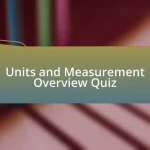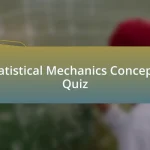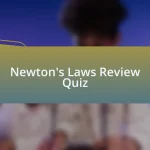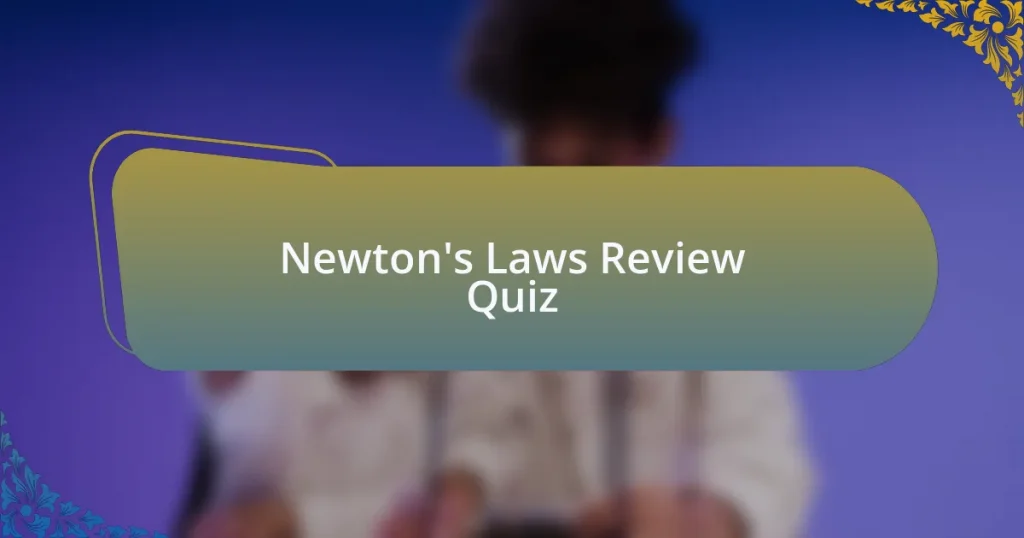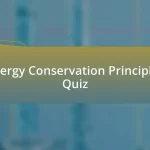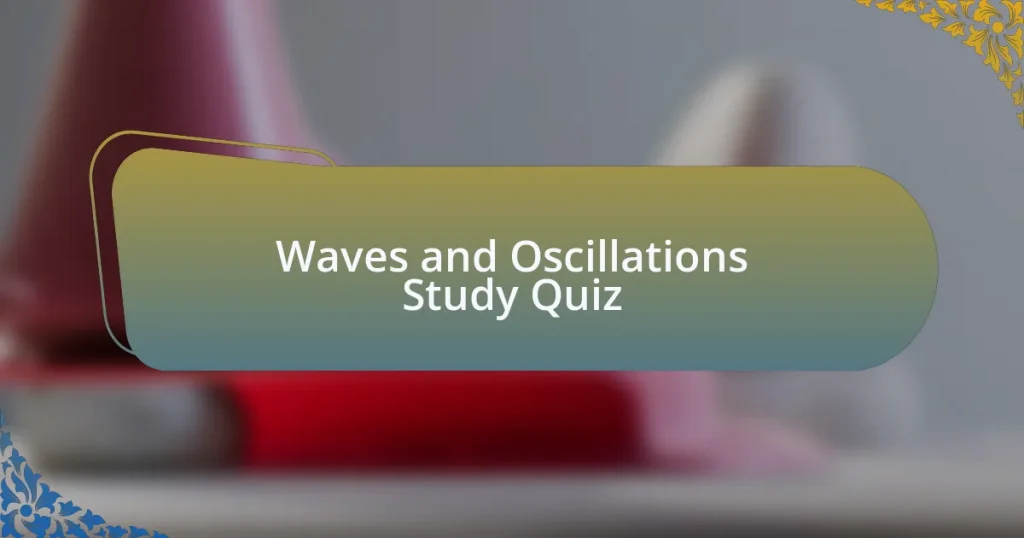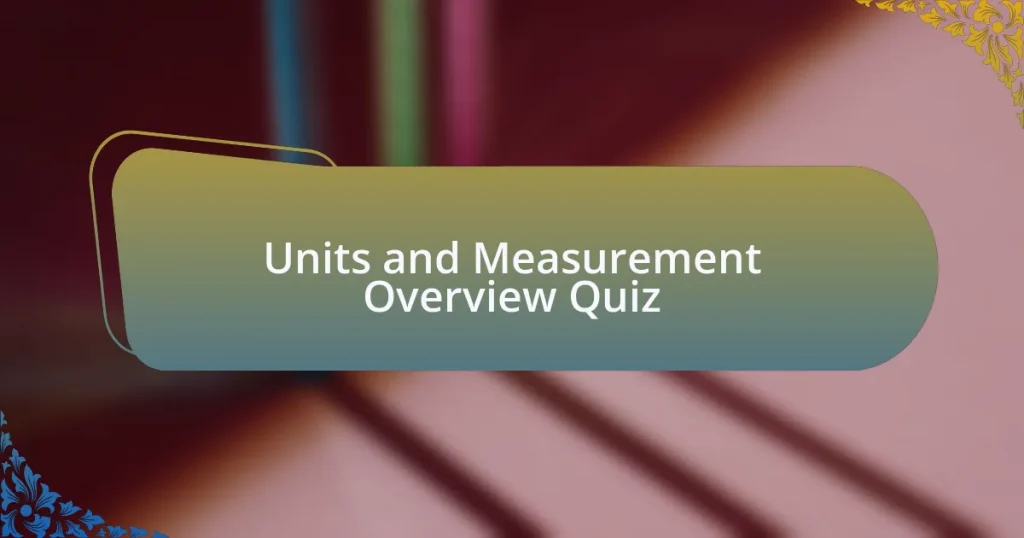Start of Newton’s Laws Review Quiz
1. What is Newton`s First Law of Motion?
- An object in motion will slow down unless continuously pushed.
- Objects will move in a circle unless acted upon by another force.
- An object will always move unless it`s stopped by friction.
- An object at rest stays at rest and an object in motion stays in motion with the same speed and in the same direction unless acted upon by an unbalanced force.
2. What is inertia?
- Inertia is the measure of an object`s temperature.
- Inertia is the natural tendency of an object to resist changes in its state of motion.
- Inertia is the energy stored in an object`s mass.
- Inertia is the force that acts on an object in motion.
3. How does mass influence an object`s inertia?
- Objects with less mass have more inertia than heavier objects.
- The more mass an object has, the more inertia it possesses.
- Inertia is only influenced by the speed of an object.
- Mass has no effect on inertia or motion.
4. What effect does mass have on acceleration according to Newton`s Second Law?
- Acceleration is independent of mass.
- Mass does not affect acceleration at all.
- A smaller mass accelerates faster than a larger mass.
- A larger mass accelerates faster than a smaller mass.
5. What does the equation F = ma signify in physics?
- The formula F = ma signifies the relationship between force, mass, and acceleration in Newton`s laws.
- The formula F = ma represents the energy of an object in motion.
- The formula F = ma defines the distance traveled by an object.
- The formula F = ma calculates the speed of an object over time.
6. Can you state Newton’s Third Law of Motion?
- An object will accelerate in the direction of the net force applied.
- An object in motion will stop unless acted upon by an external force.
- An object remains at rest until acted upon by a force.
- For every action, there is an equal and opposite reaction.
7. What occurs when an untied balloon is released?
- The balloon will float steadily upward.
- The balloon will fly away quickly.
- The balloon will drop to the ground slowly.
- The balloon will explode instantly.
8. In a skateboard accident where the front wheels hit a curb, what happens to the rider?
- The skateboard will tip over and you will land safely on your feet.
- Your skateboard will continue rolling forward while you stay in place.
- You will stop immediately on the skateboard without falling.
- Your body will keep moving forward and fly off your skateboard since the curb only stops the board, not yourself.
9. If you push someone and they push back, what does this illustrate about force?
- Force only acts on stationary objects.
- Force is only applied in one direction.
- For every action, there is an equal and opposite reaction.
- Force increases with velocity.
10. What is the importance of wearing seatbelts in a vehicle?
- Wearing a seatbelt is only required by law and has no other benefits.
- Wearing a seatbelt keeps you restrained and prevents injury during a crash.
- Wearing a seatbelt makes it harder to drive and is unnecessary.
- Wearing a seatbelt does not affect crash outcomes at all.
11. Why do heavier objects need more force to move them compared to lighter ones?
- Heavier objects are always harder to lift but not to move horizontally.
- Lighter objects are easier to push without any force needed.
- Weight doesn`t affect the force required to move objects.
- Heavier objects have more mass, requiring more force to move them.
12. How do Newton’s laws explain the launch of rockets?
- Newton’s laws suggest rockets rely solely on the engines` thrust to move forward in space.
- Newton’s Third Law explains that the rocket moves upward when it expels gas downward with equal and opposite force.
- Newton’s First Law states a rocket will stay still unless acted upon by an outside force.
- Rockets launch due to the gravitational force acting only on their mass.
13. How do Newton’s laws apply in a Tug of War scenario?
- In a tug of war, only one team needs to pull strongly to win the game.
- The rope will remain stationary regardless of the players` efforts.
- The game is determined by who can throw the rope farther.
- The tug of war illustrates the balance of forces where each team exerts an equal and opposite force on the rope and ground.
14. In what ways do Newton’s laws influence daily life activities?
- Only heavy objects are influenced by Newton`s laws, not lighter ones.
- Everything that happens in our lives can be connected back to one of Newton’s 3 laws of motion since force is involved in everything.
- Only objects in motion are affected by gravity in our daily activities.
- Newton`s laws apply only to machines, not daily life.
15. If a force of 17 N causes an object to accelerate at 1.5 m/s^2, what is its mass?
- 11.3 kg
- 17.0 kg
- 8.0 kg
- 25.5 kg
16. What is the acceleration of a 10 kg object subjected to a force of 3 N?
- 0.1 m/s^2
- 1.0 m/s^2
- 0.5 m/s^2
- 0.3 m/s^2
17. If 25 N of force is needed to accelerate an object at 5 m/s^2, what is the mass?
- 5 kg
- 10 kg
- 15 kg
- 20 kg
18. Calculate the acceleration of a 4 kg block acted upon by a force of 52 N.
- 20 m/s^2
- 13 m/s^2
- 15 m/s^2
- 8 m/s^2
19. Determine the acceleration of a 5 kg block when a force of 61 N is applied.
- 15.4 m/s^2
- 8 m/s^2
- 10 m/s^2
- 12.2 m/s^2
20. What acceleration results from a force of 300 N acting on a person with a mass of 25 kg?
- 8 m/s^2
- 12 m/s^2
- 15 m/s^2
- 6 m/s^2
21. How much force is needed to accelerate a 10 kg object at 2 m/s^2?
- 25 N
- 10 N
- 15 N
- 20 N
22. What is the upward acceleration of a 10 kg object if it accelerates at 2 m/s^2?
- 2 m/s^2
- 10 m/s^2
- 0.8 m/s^2
- 5 m/s^2
23. What is the mass of an object that requires a force of 25 N to achieve an acceleration of 5 m/s^2?
- 20 kg
- 10 kg
- 5 kg
- 2 kg
24. What is the acceleration of a 10 kg object when a force of 3 N is applied?
- 1.5 m/s^2
- 3 m/s^2
- 0.1 m/s^2
- 0.3 m/s^2
25. What mass is required for an object to accelerate at 5 m/s^2 when 25 N of force is applied?
- 10 kg
- 5 kg
- 15 kg
- 3 kg
26. What is the acceleration of a 4 kg block when a force of 52 N acts on it?
- 10 m/s^2
- 2.5 m/s^2
- 5 m/s^2
- 13 m/s^2
27. Calculate the acceleration of a 5 kg block subjected to 61 N of force.
- 12.2 m/s^2
- 15 m/s^2
- 10.5 m/s^2
- 9.2 m/s^2
28. If a force of 300 N acts on a 25 kg person, what is their acceleration?
- 12 m/s^2
- 5 m/s^2
- 15 m/s^2
- 8 m/s^2
29. What is the required force to accelerate a 10 kg object by 2 m/s^2?
- 20 N
- 10 N
- 25 N
- 15 N
30. How is Newton’s Second Law demonstrated in real-world applications?
- Determining temperature changes in objects in motion.
- Observing friction acting on stationary objects.
- Calculating speed of an object at constant velocity.
- Measuring force exerted by a vehicle when accelerating.
Quiz Successfully Completed!
Congratulations on completing the quiz on Newton’s Laws! This exercise has likely helped reinforce your understanding of fundamental concepts in physics. You’ve reviewed key principles such as inertia, acceleration, and action-reaction pairs. Hopefully, you now feel more confident in your grasp of these essential laws that govern motion.
As you progressed through the questions, you may have discovered new insights about how these laws apply to real-world situations. Understanding Newton’s Laws is crucial for solving problems in physics and engineering. This quiz is just a stepping stone in your test preparation journey. Continuous practice and review are vital for mastering the material.
To further enhance your knowledge, we invite you to explore the next section on this page dedicated to ‘Newton’s Laws Review.’ You will find more detailed information and examples that can deepen your understanding. Every bit of knowledge builds a stronger foundation for your future studies. Good luck, and keep pushing your boundaries in physics!
Newton’s Laws Review
Overview of Newton’s Laws of Motion
Newton’s laws of motion are fundamental principles that describe the relationship between the motion of an object and the forces acting on it. There are three laws: the first law addresses inertia, the second law explains the relationship between force and acceleration, and the third law states that for every action, there is an equal and opposite reaction. These laws form the foundation of classical mechanics, providing a framework for analyzing the behavior of objects in motion.
Newton’s First Law: Law of Inertia
Newton’s first law states that an object at rest will remain at rest, and an object in motion will continue in motion at a constant velocity unless acted upon by a net external force. This law highlights the concept of inertia, which is the tendency of objects to resist changes in their state of motion. It emphasizes that forces are necessary to change the motion of an object, establishing a clear distinction between static and dynamic states.
Understanding Newton’s Second Law: Force and Acceleration
Newton’s second law can be mathematically expressed as F = ma, where F is the net force acting on an object, m is the mass of the object, and a is the acceleration produced. This law illustrates how the acceleration of an object is directly proportional to the net force acting on it and inversely proportional to its mass. It provides critical insights into how forces influence motion, making it essential for problem-solving in physics.
Newton’s Third Law: Action and Reaction
Newton’s third law states that for every action, there is an equal and opposite reaction. This means that forces always occur in pairs; if object A exerts a force on object B, then object B simultaneously exerts an equal and opposite force on object A. This law is crucial for understanding interactions between objects, particularly in scenarios involving collisions and propulsion.
Applying Newton’s Laws in Problem Solving
Applying Newton’s laws involves identifying the forces affecting an object and using these principles to predict its motion. Students must analyze given problems, drawing free-body diagrams to visualize forces. Understanding the interplay of these laws allows for effective calculation of acceleration, force, and motion trajectories. Mastery of this application is key for success in physics examinations.
What are Newton’s Laws of Motion?
Newton’s Laws of Motion are three fundamental principles that describe the relationship between the motion of an object and the forces acting on it. The first law states that an object at rest will remain at rest, and an object in motion will remain in motion unless acted upon by a net external force, illustrating the concept of inertia. The second law introduces the formula F=ma, which means that the force on an object is equal to its mass times its acceleration. The third law states that for every action, there is an equal and opposite reaction, emphasizing the mutual interactions between forces. These laws are foundational to classical mechanics, influencing countless applications in physics and engineering.
How can one effectively prepare for a test on Newton’s Laws?
Effective preparation for a test on Newton’s Laws includes understanding each law’s core principles and practicing problem-solving skills. Students should review comprehensive study materials and resources, like textbooks or online lectures, to grasp the concepts thoroughly. Implementing practice problems that apply each law in various scenarios helps reinforce knowledge. Additionally, forming study groups can facilitate discussion and clarification of complex concepts. Utilizing past test papers can also provide insights into common test formats and question types, aiding in targeted practice.
Where can students find resources to study Newton’s Laws?
Students can find resources to study Newton’s Laws in various places, including high school and college textbooks on physics, which offer detailed explanations and examples. Online platforms such as Khan Academy, Coursera, and educational YouTube channels also provide free video tutorials and interactive practice problems. Furthermore, academic websites and physics forums can be valuable for accessing lecture notes, study guides, and related discussion on the topic.
When were Newton’s Laws of Motion formulated?
Newton’s Laws of Motion were formulated in the late 17th century, predominantly published in Isaac Newton’s work, “Philosophiæ Naturalis Principia Mathematica,” first released in 1687. This monumental text laid the groundwork for classical mechanics and fundamentally changed the understanding of motion and forces, influencing scientific thought for centuries.
Who developed Newton’s Laws of Motion?
Newton’s Laws of Motion were developed by Sir Isaac Newton, an English mathematician, astronomer, and physicist. His contributions to physics, particularly through the formulation of these laws, revolutionized the understanding of dynamics and laid the foundation for classical mechanics. Newton’s work not only advanced physics but also significantly influenced mathematics and the natural sciences.


